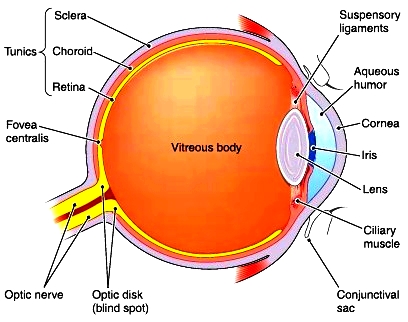The way science is reported in mainstream media needs to change. There are some excellent science reporters in the field and I am not denying that, but by and large much of the science that ends up as headlines resembles celebrity gossip columns with attention grabbing headlines, usually containing the word breakthrough, that over-arch on a small bit of evidence. This, to me, is a double edged sword. Sure, it raises the profile of science and scientists but at the same time it's becoming a 'boy who cried wolf' scenario with the general public seeing a breakthrough every other day. I cannot help but feel this will erode the publics trust in either the reporting of science or science itself, either way science loses. Look at this article from the BBC for example running the headline "Alzheimer's breakthrough hailed as 'turning point'". Upon a further inspection of the article, and indeed the original journal article itself, we see that researchers have given mice with prion disease (a disease which bears some similarities to Alzheimer's disease but is distinct from it) a "drug like compound" and have seen symptoms alleviated. So they gave mice with a disease that isn't Alzheimer's disease a drug-like compound. Call me a sceptic but this has a very very long way to go before we can get excited about this treating people with Alzheimer's disease.
To begin with the disease they tested isn't even Alzheimer's disease, it's a related disease in the class of 'proteinopathies'. Second, it is in mice, Alzheimer's disease has a very poor track record when it comes to seeing benefits in mice translate into the human disease (see the recent clinical trials here and here). So ultimately, I am of the opinion that the terms "breakthrough" and "turning-point" and entirely unwarranted here. The article could have run with a title such as "New drug-like compound alleviates symptoms in a mouse model of Prion disease" which sure, doesn't have the emotive response of words like "breakthrough" but is accurate and not over-arching. Isn't that what reporting is meant to be? On that note, titles/articles should not only mention the limitations I have just mentioned but also the side-effects. The BBC article mentions them briefly with this "The compound also acted on the pancreas, meaning the mice developed a mild form of diabetes and lost weight", upon reading the paper we see that the experiment had to be cut short and the animals killed because their weight loss was so unhealthy it was deemed unethical to continue the trial. Again, call me a sceptic, but this seems like it would limit the applicability in human trials.
It may seem like I am picking on one article here but unfortunately articles similar to this are the rule, rather than the exception. Science needs to be communicated to the public. Much of the time the public funds it and it usually affects them, but reporting needs to be done accurately without the over-inflated life changing benefits. In the paper above, I personally would have a section explaining how difficult and expensive it is to take a finding such as that one and investigate the potential to treat the human disease and call for financial support for the research.
What is the solution to all this you ask? In the long term, the business model of mainstream reporting needs to change, but in the short term, blogs, science websites and the like are doing an excellent job of providing multiple points of view on a particular paper. "Groundbreaking" articles like the one above attract a fair bit of attention from other scientists and so a quick Google search will no doubt bring up some alternative opinions which are worth checking out. There are websites such as Sciengage (for which I blog) that are attempting to bridge that gap and are doing a great job of it. In the short term, if you read a "breakthrough" that really interests you, I would encourage a quick 5-10 min Google search to see if others have written about the same article or take to social media, find a scientist, and ask them if the conclusions are warranted (that is precisely how I came across the above article, someone asked me on Twitter).









